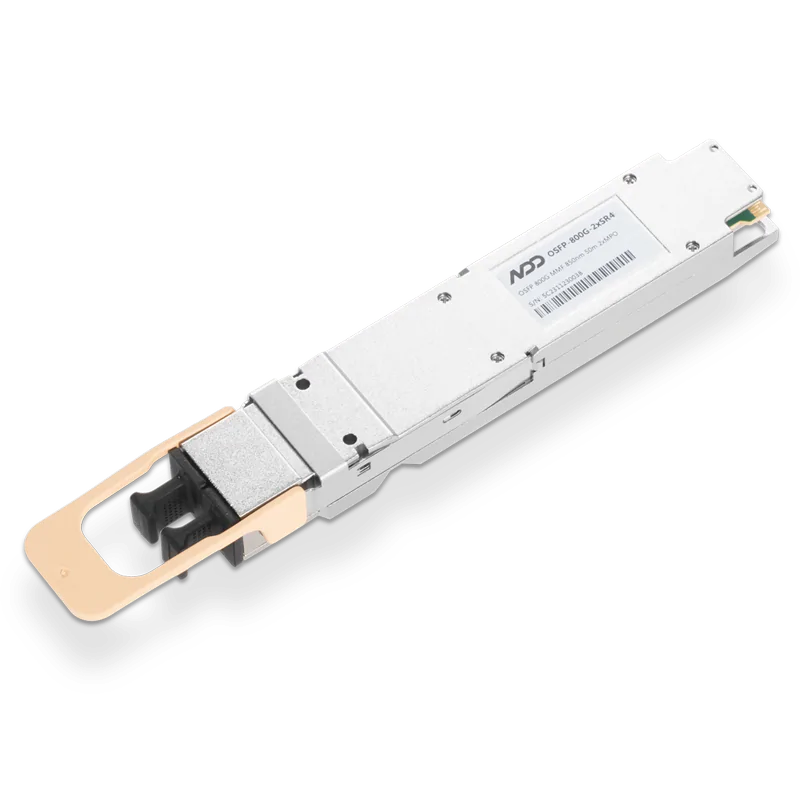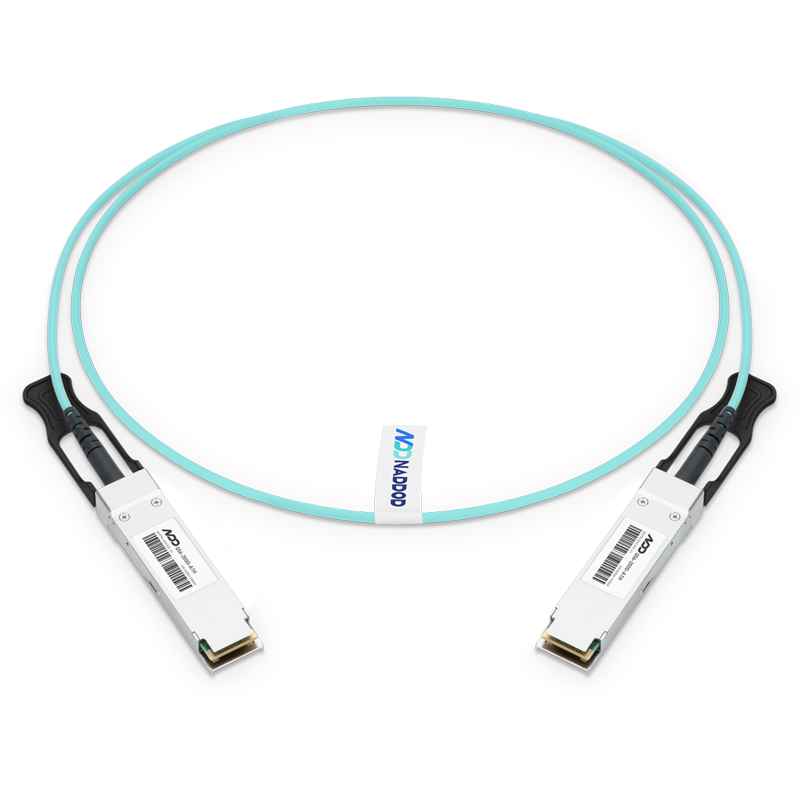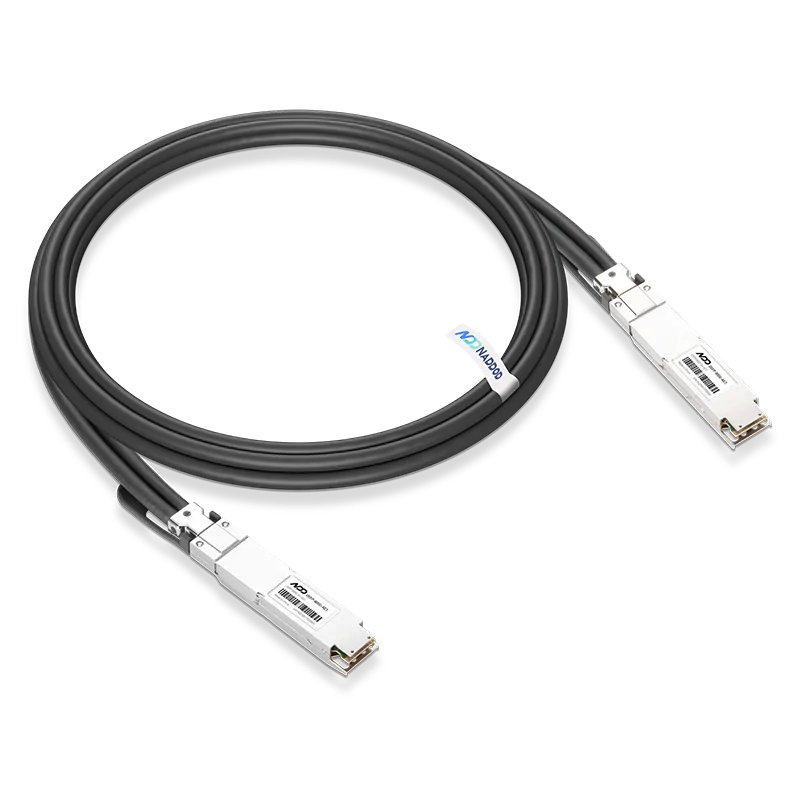Find the best fit for your network needs

share:
 800GBASE-2xSR4 OSFP PAM4 850nm 50m MMF Module
800GBASE-2xSR4 OSFP PAM4 850nm 50m MMF ModuleLearn More
Popular
- 1What is Silicon Photonics?
- 2Finned-top and Flat-top Design in 400G/800G Optical Transceivers
- 3High-Speed Cabling Solutions for the 800G Data Center Era
- 4NADDOD 1.6T OSFP224 Transceivers Achieve Full Interoperability in Connectivity Tests with NVIDIA MMS4A00
- 5Introduction to Open-source SONiC: A Cost-Efficient and Flexible Choice for Data Center Switching
































